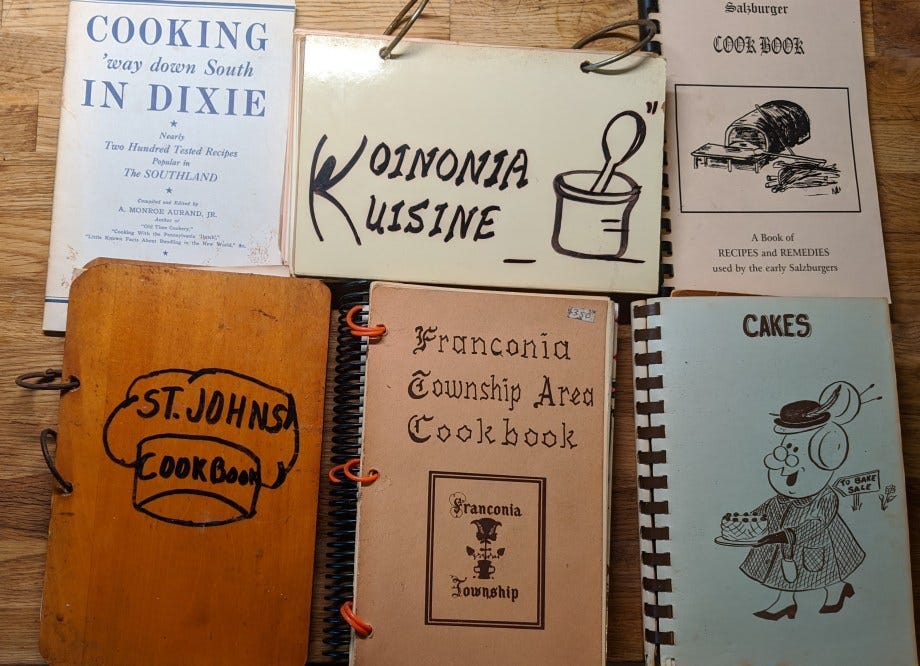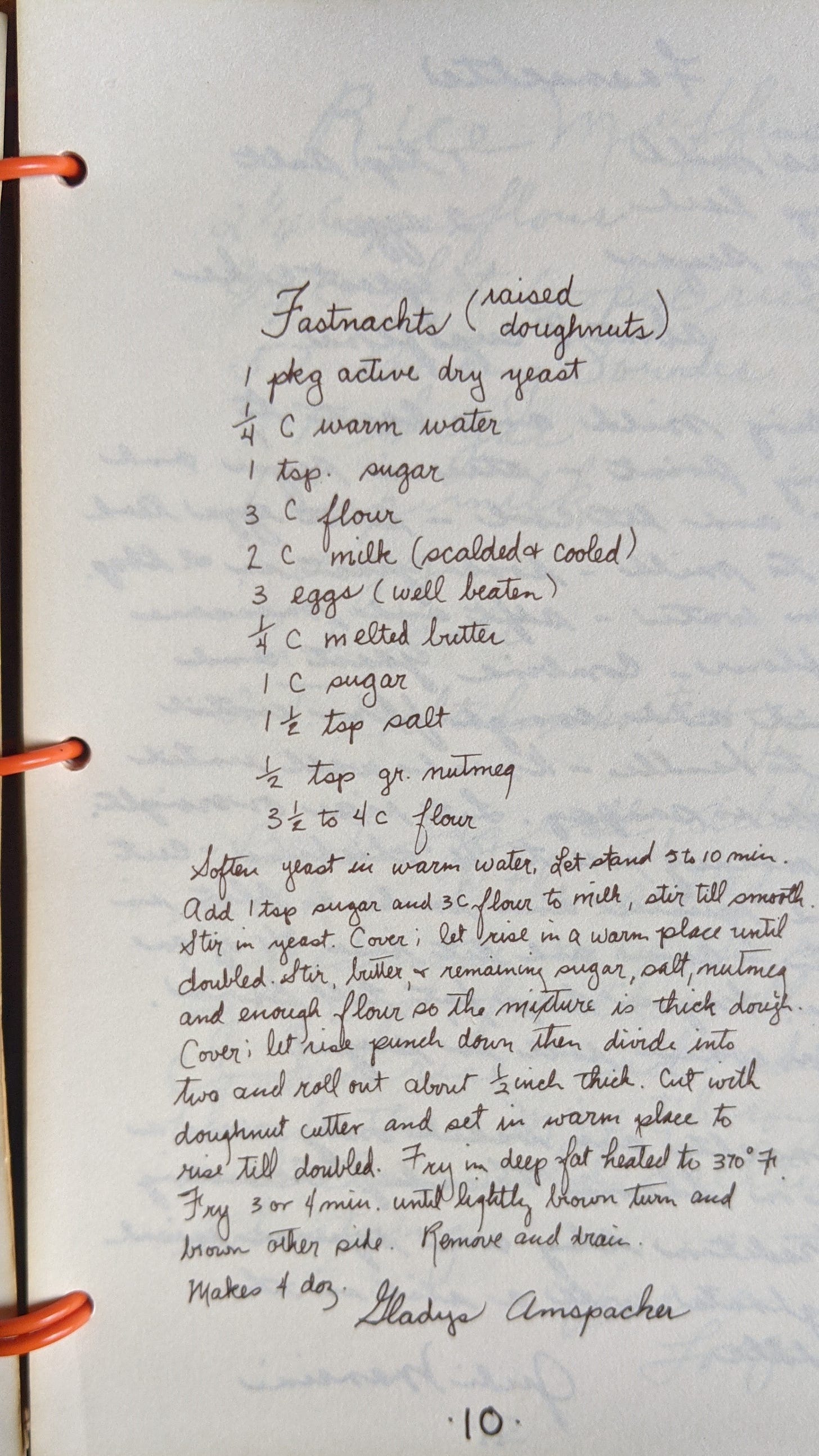At the top of my street lies the access road to the Verrazzano Bridge’s onramp. Cross into Staten Island (a very nice place to visit, by the way, especially to tour its old family graveyards) and keep on the expressway toward the exits for one of two bridges that will lead a traveler to the rest of America. The city took advantage of the shutdown to build a bike ramp along the road’s shady shoulder and, for the last 10 months or so, it was almost bucolic to stroll along it. Now that restrictions have been lifted, it’s back to its rumbling, high-decibel, car-clogged self. Friday afternoons are particularly clamorous, every driver dead focused on being the first to go up the ramp, over the Verrazzano, and on their way to be anywhere else. Anywhere at all.
We’ve always been a people more comfortable in going than staying put. I’m restless to be among them, lately eyeing the interior of the family’s car to gauge whether it will fit a camper bed and cooler, perhaps the dog if he promises to be less squirrely. A weathered book of state maps has laid on my desk for months, its pages frilled with grimy Post-it notes marking routes from the last big road trip. The maps are not only detailed, right down to tiny county roads, but the book’s spine remains flat across the shotgun seat. You’d be amazed at how spotty Internet connections prove to be on long unpopulated stretches across the country. Google Maps silences: You better have a map like mine to see your way to the next gas station.
More space in the car will have to be planned for the gazillion community cookbooks that will be picked up along the way. I recommend that you do this, too, even if you abhor stoves. Usually printed as fundraisers for local organizations and churches, community cookbooks are one of the most immediate ways for a stranger to learn the character and history of a place, capturing how people once lived and entertained in a moment of time. In that sense they are better than tour guidebooks and arguably more instructive now as a reminder that we once found ways to be together.
They are also fun. I have one whose cover looks like it was made in the local high school woodshop class, it’s titled burnt into the wood. Imaginative bindings include waxed wheat stalks, brass screws, silk ribbon, and wooden rings. The entries appear as if pulled straight from recipe boxes, with the contributor proudly named.
Lib Ulery gives her recipe for easy streusel cake in the Koinonia Kuizine. Mary Emma Showalter shares her family recipe for baked chicken potpie with giblet gravy in the Mennonite Community Cookbook. A reprint of the Gulf City Cookbook, compiled by the ladies of the St. Francis Street Methodist Church in Mobile, Alabama, in 1878, presents a refined collection of coastal Southern recipes (oyster patties, turtle soup, Mary’s fish—Cubion). In the 175 choice recipes mainly furnished by members of the Chicago Woman's Club, (that’s the book’s full title) Mrs. J.W. Brackenbridge instructs cooks to top her pigeon pie with puff pastry and leave a few of the feet sticking out for decorations.
For your enjoyment and enticement to look for your own pile of community cookbooks, I present Gladys Amspacher’s recipe for fastnachts from the Franconia Township Area Cookbook.




